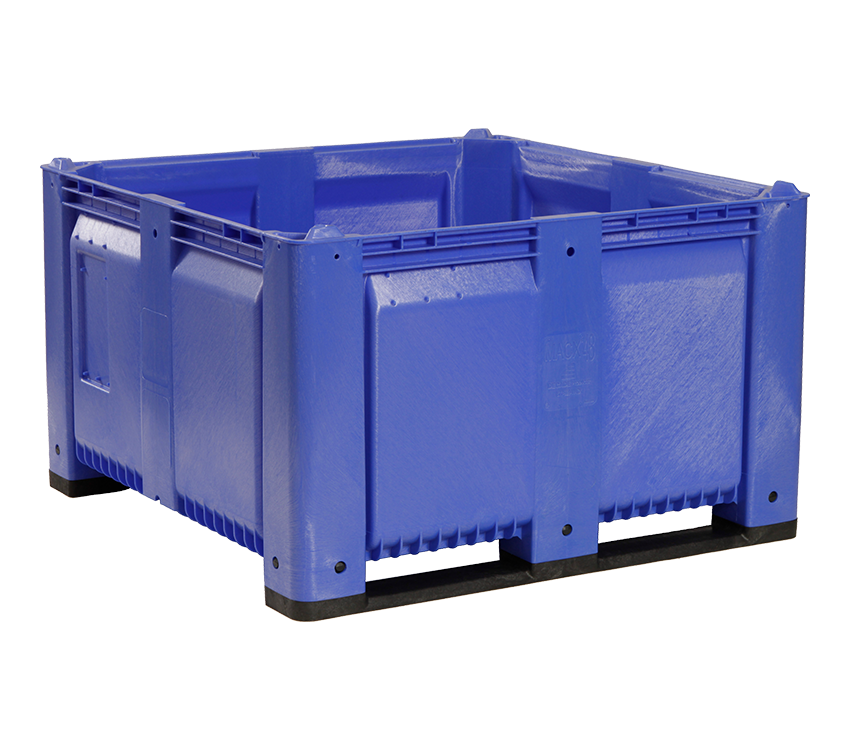
The cost/benefit of this option is much cheaper than the monthly fee for a service to get your data and then risk losing it because of a disaster on their end. The key here is to keep one of those SSDs offsite. In a pinch, one could do this with 2 separate external SSDs and get the same result.
#BACKBLAZE MAC M1 INSTALL#
This way, if I lose my Mac or have to start from scratch again, I retrieve the TM backup on the external SSD (not the one from the NAS), I install MacOS, use Migration Assistant and either point it at my TM backup on the external SSD (that would be faster than over the network), get back to where I was a week before the disaster occurred, and then TM restore anything else more recent than that week from the NAS.Ī lot simpler and cheaper than paying for a service to handle it, especially if what is being backed up to that service is sensitive data (PII, PCI, PHI, Bank info, etc.) I'd perform #2 as much as possible, while #1 and #3 are done maybe once a week or every two weeks. Bring that back in after a given period of time, and back up the NAS again. I'd perform this backup every week or so, and store that offsite. This not only includes all data on my NAS, but the Time Machine Backup as well. Back up my Synology NAS to an external SSD.When it comes to pushing a lot of data, WiFi is more of a bottleneck than anything, as it is best suited for portability than speed. For example, max speed for 802.11g WiFi routers is 54Mbps, whereas a switch can be at Gigabit (1Gbps) speeds or more. This will require a switch or router (most routers for your upstream service should have enough ports to connect the NAS and your Mac to), that way you're getting the maximum amount of throughput your switch or router can push versus being limited to WiFi speeds. The key to doing this so it doesn't take an insane amount of time is by performing the backup over Ethernet rather than WiFi. Back up my MBP via Time Machine to my Synology NAS.

Every week or so, bring that disk back and back up my MBP to it via Time Machine again. Store that SSD offsite (parent's house, storage unit, etc.) that is easily accessible in case of disaster. back up my MBP via Time Machine to an external SSD.And waiting for them to send you a drive of your data versus having faster access to your data either onsite or at a location that is not where your disaster is is a no-brainer.įor example, the backup solution I have is 2-fold: Otherwise, go buy the new M1 chips… they’re insanely fast and efficient.Why do that, when you could run out to Costco and buy a big enough drive that is more than adequate for a TM backup yourself, instead of relying on a cloud solution, and a dependency on a fast enough internet connection to get to your backup? That kind of defeats the purpose of having a backup as when you need to restore is based on a catastrophic failure where you may not have access to anything. I highly recommend this approach if you use Intel based Macs and have two machines.
#BACKBLAZE MAC M1 PRO#
Watch the end of the video to see how I mount my 2019 Intel 13″ MacBook Pro to my iMac Pro using target disk mode for access to all my laptop files without any need to copy anything back and forth. As network attached storage in “sharing” mode, you either can’t access most of those file types (Lightroom won’t let you open a catalog stored on a network attached drive) or you’re severally restricted. When a disk is mounted as local storage you can access things like Lightroom catalogs, Davinci Resolve libraries, Logic Pro, and Final Cut Pro projects. With the M1 chip they replaced target disk mode with “sharing” mode, which only allows the computer to mount as network attached storage. With target disk mode your laptop shows up on any computer it’s connected to as local storage. This is true even if you’re running something other than Lightroom, but it works particularly well with Lightroom classic catalogs. If you regularly work from more than one machine (desktop & laptop?!) then target disk mode should be utilized daily to run an incredibly elegant & efficient multi computer setup. Target disk mode has ben sunset by apple with their release of the M1 chip, and that’s devastating.

Well, I’m sad to say that though the MacBook M1 is an incredible standalone machine it just isn’t going to work with my current workflow oscillating between 2 machines (iMac Pro desktop and MacBook Pro laptop). (video is still processing on YouTube so please refresh if it’s still not loading)


 0 kommentar(er)
0 kommentar(er)
